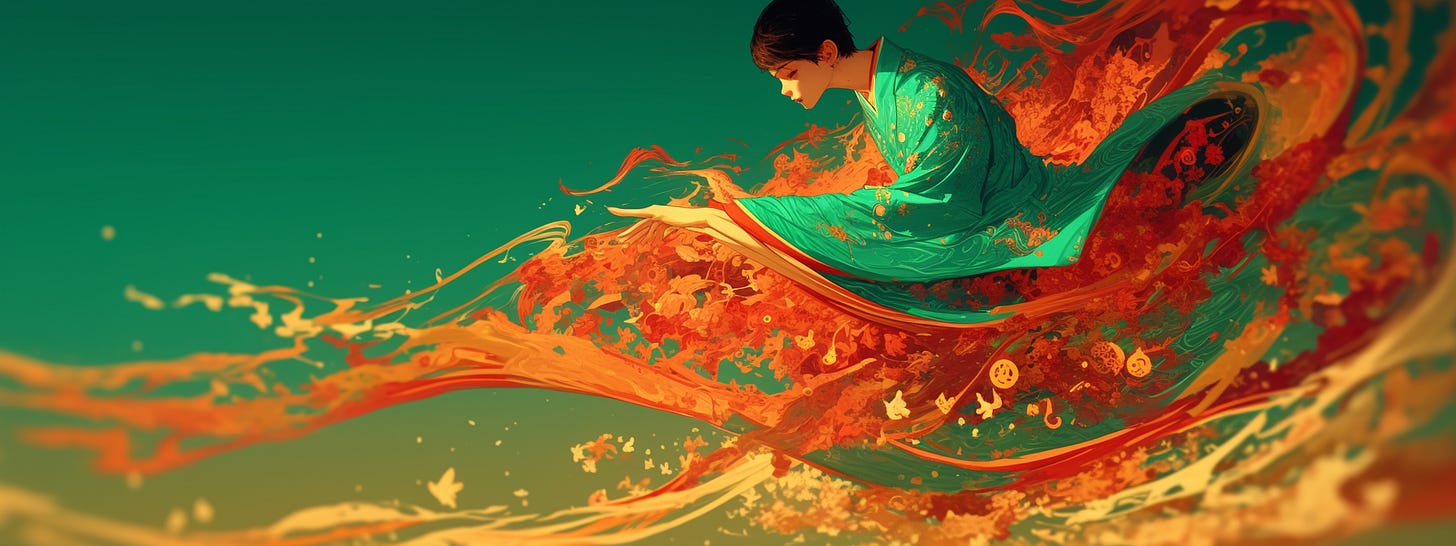From Midjourney to AI movies: 10 things to know before you start your AI Video journey
A few key tips for transforming Midjourney images into AI-Generated films.

While we wait for Midjourney’s video feature, the AI video landscape has advanced tremendously, with tools like Runway, Kling, Hailuo, and LumaLabs leading the way.
The tools have improved significantly, delivering impressive results. Now is a great time to start learning the basics.
Here’s a guide based on what I’ve learned so far on my journey from Midjourney to AI video, perfect for anyone interested in diving into AI-generated video:
1. The best tool today may not be the best tomorrow
There are many tools on the market right now, and no clear winner. The competition is dynamic, with new features regularly shifting the landscape.
So, take a deep breath, and accept this. Take the time to learn one, and if you feel like it, change every now and then. Just don’t follow the new shiny thing. You will burn out.
One of my personal goals for doing this newsletter is just keeping track of all these advancements and making sense of them. I will be sharing this with all my readers.
For a quick overview of the main tools available now, check this article: The best AI Video models ranked: Top 6 tools for every use case
2. Video Creation isn’t as complicated as it seems
Creating videos from images (like those from Midjourney or Flux) is more intuitive than full text-to-video generation, which requires detailed prompts.
The tool can do most of the work.
When using images as a foundation, even simple commands like “Person walking” or “Crying” can produce impressive results. The process demands less specific control over motion, making it accessible for beginners.
3. Expect a higher failure rate compared to image generation
On the downside, creating AI videos requires more trial and error than generating images. Without direct control over movements, you’ll sometimes need several iterations to get the action just right.
Think of it as working with AI actors—practice makes perfect.
4. Be ready to invest in a Paid Plan
While there are many free options for AI image generation, creating videos is different. Longer videos, especially, require a paid plan. So if you’re diving into video, be prepared for some additional costs.
5. Creating short videos is easy. Making full-length Films is not
Most AI video tools currently produce clips of 5-10 seconds, which is great for social media. Extending these clips into longer, cohesive works is still challenging.
Creating a more extended piece will require a plan, preferably a storyboard, consistent and relatable characters, and a structured script.
There are a lot of things to learn. Try to take it slowly.







